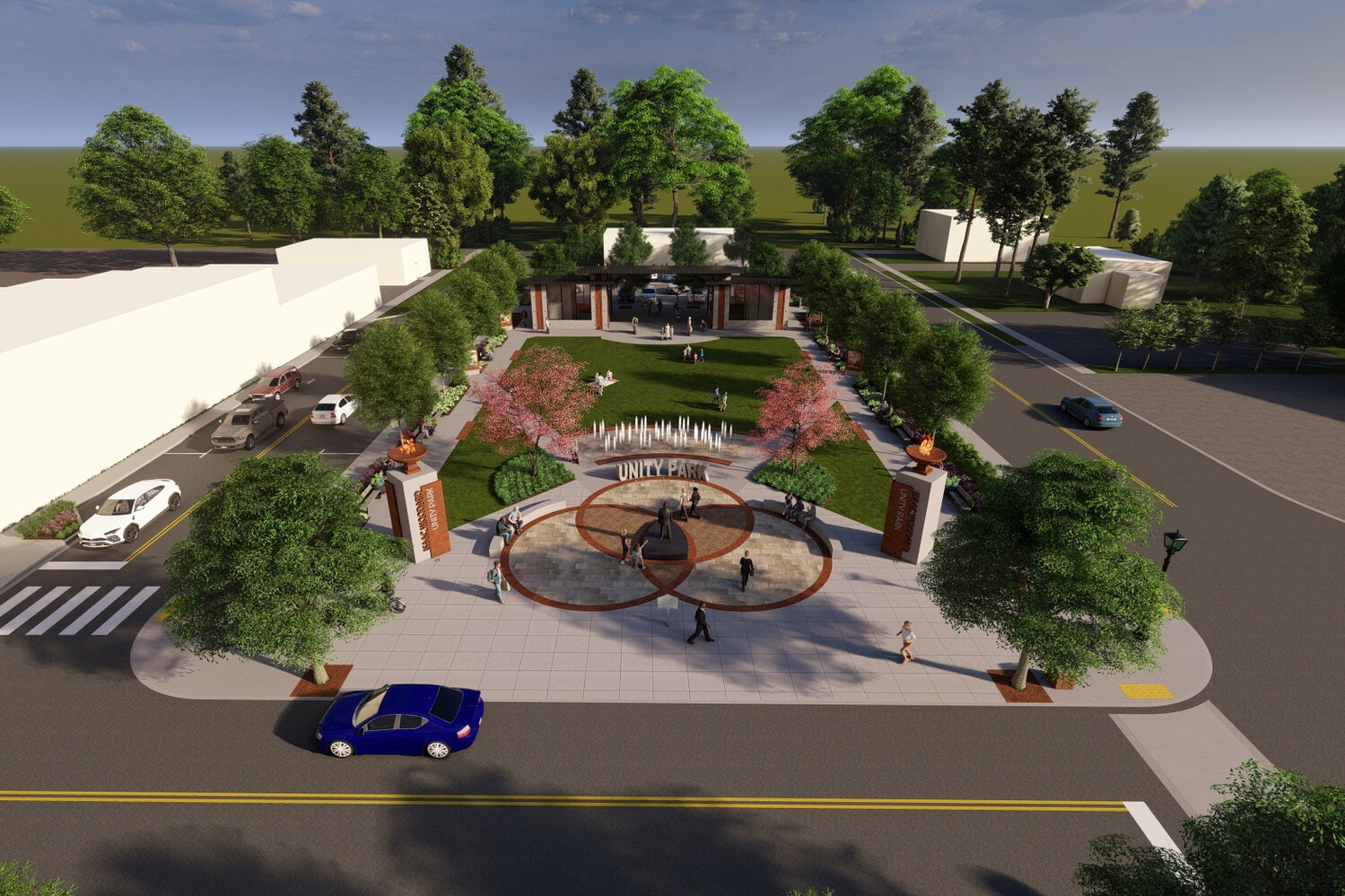Batesburg-Leesville park to memorialize Black Army vet beaten, blinded by police chief
Small Southern towns are unified by having both good and bad history to look back on. Unlike some others, Batesburg-Leesville is looking to highlight a tragedy in pursuit of change.
This item is available in full to subscribers.
Subscribe to continue reading. Already a subscriber? Sign in
Get 50% of all subscriptions for a limited time. Subscribe today.
Please log in to continueNeed an account?
|
Batesburg-Leesville park to memorialize Black Army vet beaten, blinded by police chief
Small Southern towns are unified by having both good and bad history to look back on. Unlike some others, Batesburg-Leesville is looking to highlight a tragedy in pursuit of change.
With the town looking at making major renovations to its twin downtown with help from significant federal grant funding, it is also looking to renovate existing parks and build Woodard Unity Park, which will memorialize Sgt. Isaac Woodard.
Woodard was a uniformed Black Army veteran who was returning to his home when he was pulled from a bus and beaten and blinded by the town's white police chief, Lynwood Shull, in 1946.
The event, and similar ones that happened to Black soldiers across the U.S. when they returned home from World War II, is said to have been a catalyst for change in the civil rights movement.
“That tragic event in 1946 really was the launching point for the civil rights movement,” said Batesburg-Leesville Mayor Lancer Shull, of no relation to Lynwood Shull. “I think that event was ground zero because it was that horrific event that ended up, desegregating the military in 1948.”
President Harry Truman signed Executive Orders 9980 and 9981 just two years after the incident. The executive orders desegregated the U.S. military and the federal workforce.
The park is not just a memorial to the suffering Woodard endured but a celebration of change within the town.
“It will be a place where people can come and remember the past and celebrate the future,” Shull said. “ We can see how far we've come in civil rights in the United States of America. You know, these things, they have to be remembered so they're not repeated. If you sweep them under the rug, eventually you trip over them.”
A historical landmark sits on West Church Street where the park is set to be built. The plaque was unveiled in 2019 when it became recognized as a landmark.
The park is set to be built in the location of the old town jail where Woodard was held after his arrest.
The town hopes this park will become a stop on the Civil Rights Monument Trail, which spans 15 states, most of which are in Southeast. There are more than 100 stops on the trail and eight of those monuments are in South Carolina.
If Woodard Unity Park were to become part of the trail, the town would gain more attention, which would bring more people to the historical area, said Town Administrator Ted Luckadoo.
“We want to add this to the national historic Civil Rights Trail and to make this a destination spot,” he offered. “We’re also including two stretches of roadway which include where he was pulled off the bus and where he was assaulted. We’re going to tell the whole story, not just one part of it.”
Not only would there be more foot traffic in town but federal funds would be accessible by the town to care for the park.
“It's still ongoing in its engineering and design but our intent is to try and tap into the federal earmark program that will get funding for this because of its historical significance,” Luckadoo told the Chronicle.
More funding and more attention could lead to an increase in businesses and jobs in town, said Shull.
“There was a massive hit on the Batesburg side of town when the textile mills left South Carolina in 1995,” Shull said. “Over 1,200 jobs left town and the businesses followed. Batesburg just never came back from that hit and this is a way to help spur it along.”
Keywords
batesburg-leesville park, Sgt. Isaac Woodard, civil rights memorial, sc history, lexington county public spaces, columbia attractionsOther items that may interest you







Comments
No comments on this item Please log in to comment by clicking here